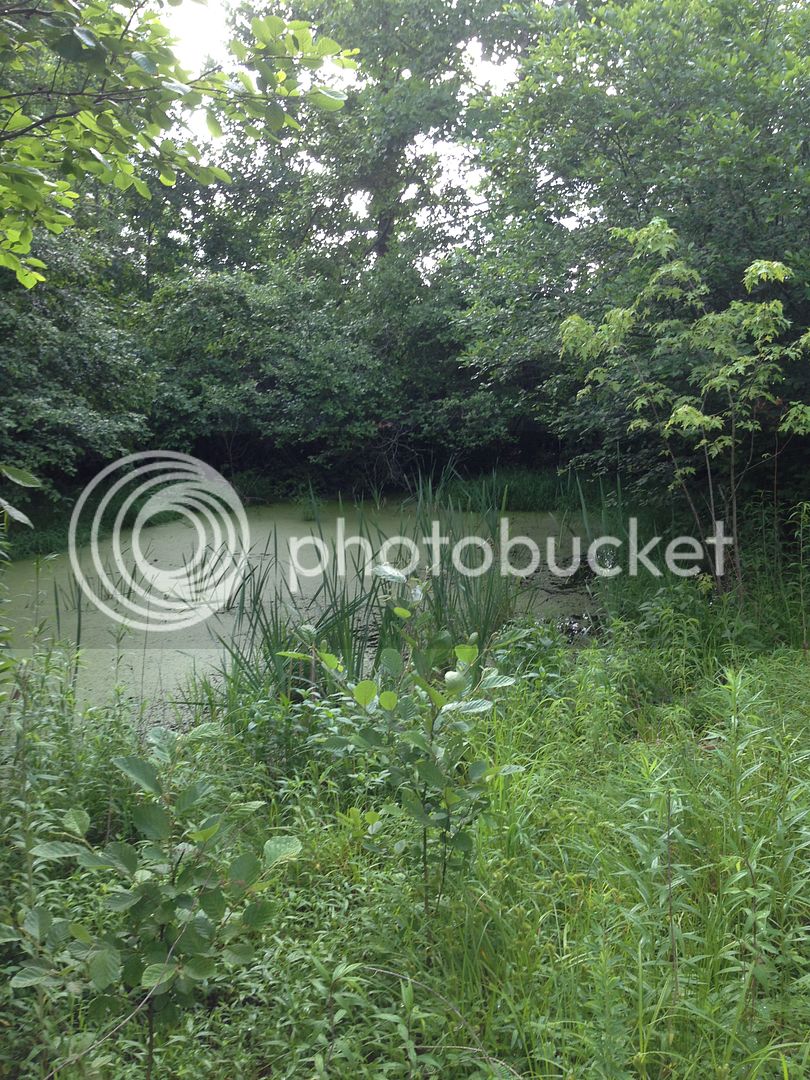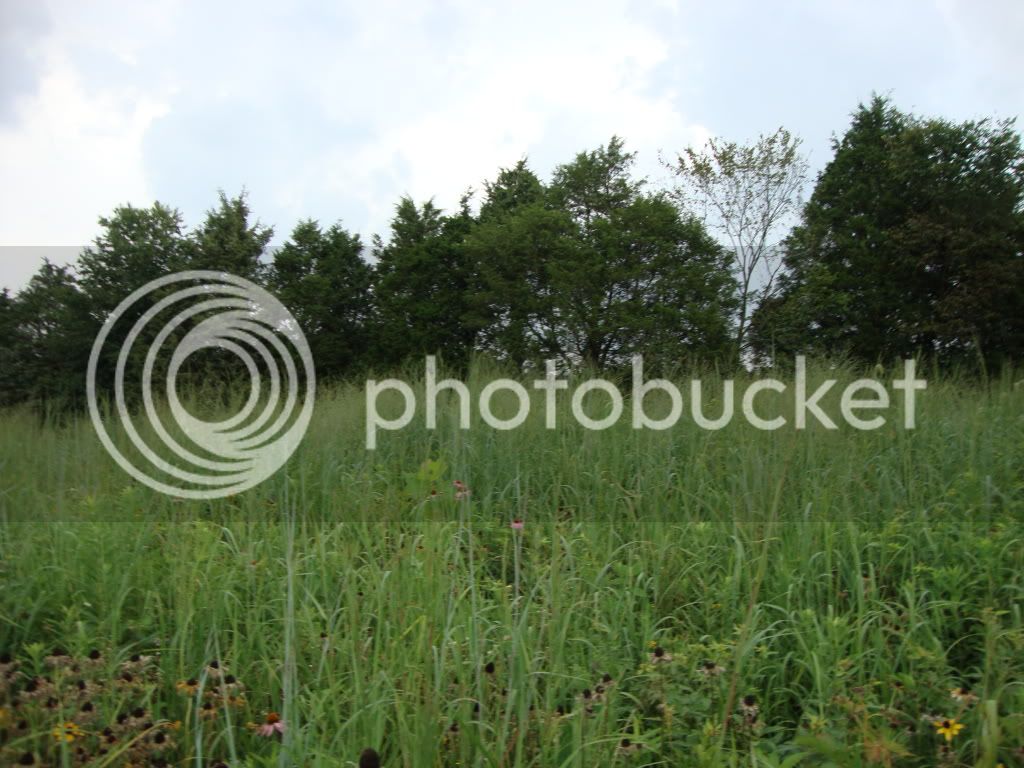j-bird
Moderator
Over the weekend I had to do alot of bush-hogging to set-back noxious weeds. I noticed something that I have failed to recognize before and wanted to see if any of you had noticed/experianced the same thing.
I noticed far more deer beds in areas where the cover was mostly grasses as opposed to areas that where mostly broadleaf weeds.
I am enrolled in a CRP program where I simply allow the native broadleaf weeds to do their thing (less noxious weeds like thistle and johnsongrass) in an effort to expand cover on my property. I have experianced little use of these areas as bedding. Some areas simply lacked the height, but others had plenty of height but still virtually zero use. Now I have been improving some of these CRP areas to include NWSG and other areas where I have grass (even cool seaosn grass like timothy and orchardgrass) I have much more signs of bedding activity.
I realize this may be primarily doe bedding, but have you guys seen the same sort of thing????
I noticed far more deer beds in areas where the cover was mostly grasses as opposed to areas that where mostly broadleaf weeds.
I am enrolled in a CRP program where I simply allow the native broadleaf weeds to do their thing (less noxious weeds like thistle and johnsongrass) in an effort to expand cover on my property. I have experianced little use of these areas as bedding. Some areas simply lacked the height, but others had plenty of height but still virtually zero use. Now I have been improving some of these CRP areas to include NWSG and other areas where I have grass (even cool seaosn grass like timothy and orchardgrass) I have much more signs of bedding activity.
I realize this may be primarily doe bedding, but have you guys seen the same sort of thing????




